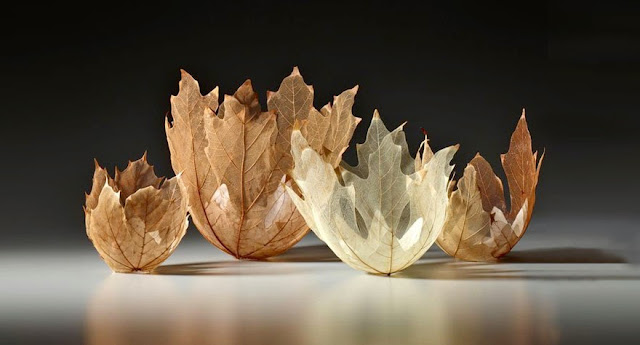Well, what
do you think, when you give a deadline of 48 hours to florist to fill an old,
abandoned house with flowers? What does it look like? Well, the below
photographs, taken by photographer Heather Saunders, are from the trail run of
Flower House, because an exhibition will be held in October that will fill 15
rooms of a dilapidated Detroit home with between 60,000-100,000 flowers. For
the preview event, it took florists 48 hours and 4,000 flowers to transform a
neighboring house into a wildly lovely wonderland. Lisa Waud, (The creator of
Flower House), has a floral design business named “Pot & Box” for 5 years.
After seeing images of Christo and Jeanne-Claude’s wrapped Pont Neuf Bridge in
Paris and Christian Dior's 2012 couture show, Lisa Waud had an epiphany. I knew
I had to create something different to my own house of flowers and invite maximum
people to experience it with me.
She said, I found it very surprisingly easy to get florists on board with her vision. The Flower House installation will be an unprecedented one. We’ll experience something changed that has never been done before for one weekend at least, the walls, ceilings, floors, and fixtures will be bursting with luscious blooms and textural foliage harvested from American farms coast to coast, and featuring our own Great Lakes state. There is a real and sturdy momentum gaining for perception in growing, sourcing, and buying flowers grown in our own soil. Therefore, much like the slow food movement and the Slow Flowers Movement is changing the way people perception about where their cut flowers come from in America.
She said, I found it very surprisingly easy to get florists on board with her vision. The Flower House installation will be an unprecedented one. We’ll experience something changed that has never been done before for one weekend at least, the walls, ceilings, floors, and fixtures will be bursting with luscious blooms and textural foliage harvested from American farms coast to coast, and featuring our own Great Lakes state. There is a real and sturdy momentum gaining for perception in growing, sourcing, and buying flowers grown in our own soil. Therefore, much like the slow food movement and the Slow Flowers Movement is changing the way people perception about where their cut flowers come from in America.
The abandoned
flower house will be open to the public from Friday, October 16 to Sunday October
18. In that period visitors will be able to witness the exclusive setting
before the house gets torn down and replaced with a living, growing flower
farm. We know the goal is to pull apart the structures and divert as much 75
per cent of the re-usable materials out of the landfill. Moreover we’re hoping
that this deconstruction and land re-purposing will inspire others to see
abandoned structures and platforms for art and business and to use them in an
environmentally responsible way. Lisa Waud also sees the project as a way to
give the house "one last hurrah" before it gets torn down.






























